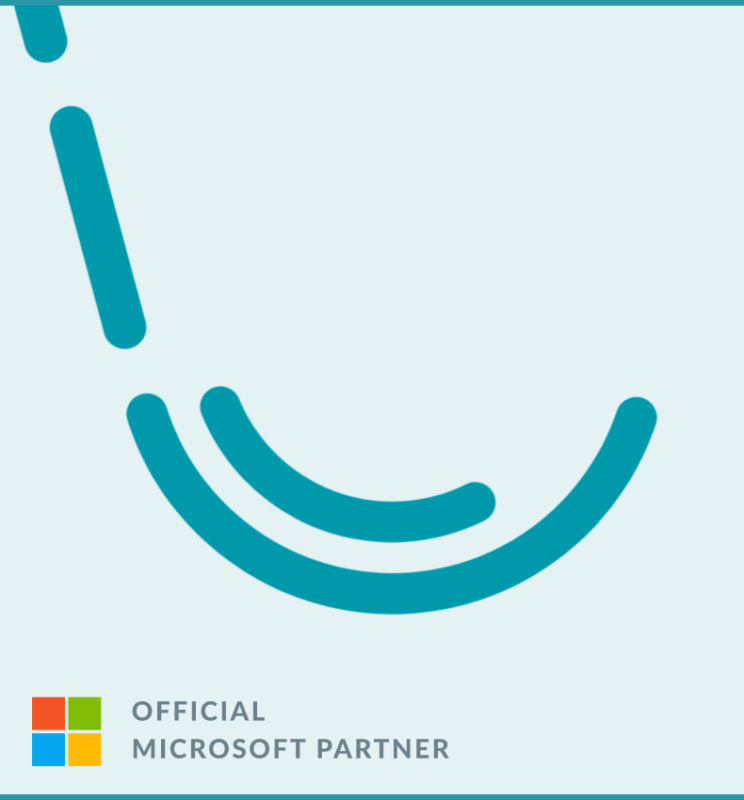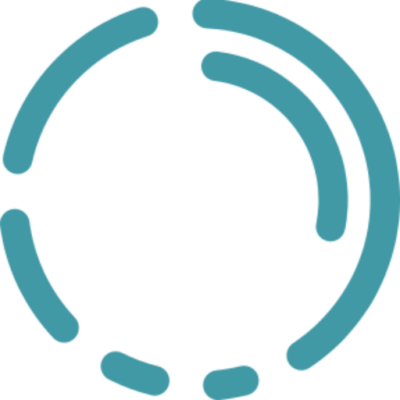As cyberattacks get more and more sophisticated, security teams are implementing ever-more complex security technology to keep up with the evolving attacks. However, maximized security technology is not having the desired impact on the security posture.
One would think that sophisticated attacks require the most sophisticated defense. But paradoxically, Gartner recommends a “minimum effective” security approach. A minimum effective security approach prioritizes the user rather than the tools themselves. The approach focuses on improving security posture by unlocking the expertise and capability already inherent in security professionals, rather than adding increasingly complex tools that only add more stress and burnout. Particularly important is adopting user-friendly technology that can simplify the tools that already work for you. Making security systems and processes more accessible improves threat detection and response so that you can tackle the most advanced threats.
In this blog post, we explain four ways that you can maximize your security posture through a minimal approach.
Focus on the exact data you need, when you need it

To make the security process more effective, simplify threat analysis by focusing on the exact data you need. The goal is to minimize data noise that overwhelms analysts, obscures insight, and makes the data process more cumbersome and inefficient than it needs to be.
But how do you know what data you need to focus on? An effective way is to visualize data through interactive graphs. User-friendly graphs can shine a spotlight on the exact data that is needed for the task at hand. These sorts of graphs can help translate data and make patterns in the data crystal clear. With a focus on the user experience, data analysis graphs create a seamless analyst workflow to improve the security posture.
Additionally, with greater threat intelligence on security alerts, like OSINT, the threat analysis process can be simplified. The process of alert enrichment improves security posture with greater threat visibility. Enrichment collects data from public sources, such as websites, public databases, and geo-location data to help you identify the alerts that represent the biggest threats to your organization. Insights signaling the most significant threats (based on risk and impact), make it simple to prioritize threats during the analysis process.
Broaden threat coverage while decreasing false positives
Second, by simplifying your security solutions you can cut down on false positives without decreasing threat coverage. You may be familiar with the false positive / threat coverage paradox. If not, here’s how it goes:
To manage the rise in cybersecurity attacks, security teams try to bolster their security posture through more threat coverage. The problem is that the tools that can provide broader threat coverage do so at the expense of producing more and more false positives. The ineffective tools make it harder to spot false positives, and cloud threat visibility.
The solution? Simplification. Simplifying threat alert management can create the threat coverage that is needed to deal with advanced threats without generating more false positives.
More threat coverage with fewer false positives requires accurately tuning alert rule thresholds. Solutions designed to help tune alert rules can be complex, in part because tuning requires a deep understanding of an organization’s system and network.
To simplify the tuning process, turn to solutions that automate tuning. These solutions integrate into SIEM to automatically group incoming alerts that share similar characteristics together. Alerts with similar context indicate false positives. By recognizing patterns in alert generation, simplified tuning solutions can provide automated recommendations on best-practice alert rule tuning. Simplified tuning reduces false positives without limiting threat coverage.
Democratize cybersecurity expertise

The cybersecurity industry urgently needs a larger workforce. Estimates show a lack of 3.4 million cybersecurity workers. The shortage of workers is a significant security posture issue, particularly as the rate of cyberattacks continues to rise at astronomical rates. Many organizations seek to deal with the talent gap by hiring more workers. But it is a myth that hiring more workers is the only solution to improve security posture. In its report on the myths obscuring cybersecurity value, Gartner highlights the need to democratize cybersecurity expertise.
Democratizing security expertise means prioritizing employee experience and needs. It means providing employees with the resources that allow them to make effective cybersecurity judgments without necessarily having specialized technological expertise. This includes implementing training awareness programs and adopting user-friendly tools that simplify security systems and operations.
In conclusion: Minimize to maximize security posture
Minimizing your existing security tools reduces cybersecurity friction. The easiest way to do so is to adopt security tools that prioritize the user experience. User-focused software that integrates into the tools that already work for you simplifies the security process while maximizing the security posture. By streamlining the security workflow, you empower your analysts and unlock tangible value from your security systems.
About Secuylze
Seculyze is a SaaS that simplifies Microsoft Sentinel. The software leverages AI for automated alert enrichment, tuning, and Microsft Sentinel health checks. The simplified solution reduces analyst burnout, streamlines threat detection and response, and decreases the risk of cyberattacks. Try a free demo to learn more.








